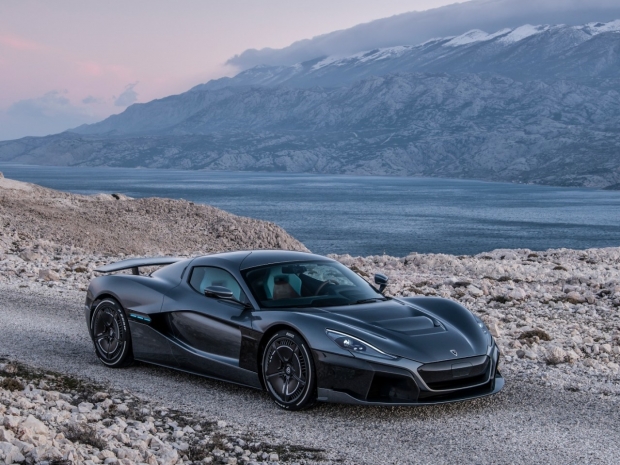Based at Rimac’s recently opened production facility in Veliko Trgovišće, Croatia, the line will accelerate the production of C_Two prototypes necessary for final validation and crash testing.
Assembling each C_Two will now take the team around five weeks, cutting the production time in half compared to the “nest production”, and allowing for the build of four final production vehicles a month at full capacity. While the prototype assembly process takes five weeks, the process starts much earlier at Rimac, as a large number of components and systems are produced in house and delivered to the final assembly line.
So far, Rimac has assembled four early prototype vehicles, but a further 13 are needed for the testing process, followed by another 10 pre-series cars – most of which will be produced this year. The fully-fledged homologation process, without any shortcuts, is a three to four-year process from the first concepts, to full prototypes, to cars on the road.
Rimac Automobili will start delivering customer cars in 2021, instead of 2020 as per the original, pre-COVID plan. The final car’s name and design will be revealed later this year.
The new production line is divided into five main zones, beginning with the bonding of all brackets and fixing points onto the monocoque. Two people in each following zone then continue to build up the car piece-by-piece. Sub-assemblies like the powertrain, the dashboard, or the front radiator are built away from the line and delivered complete to be fitted.
Mate Rimac, Founder and CEO, Rimac Automobili, said: "We have worked hard to bring the C_Two to the stage where it is now, and we want our customers all over the world to be able to experience the thrill of a 1,914hp all-electric hypercar.”
The Rimac C_Two promised a top speed of 258 mph (412 km/h), a 0-62mph (100km/h) time of 1.9 seconds and a 0-100 mph (161 km/h) time of 4.3 seconds when it was first revealed in 2018. These unheard-of performance figures were first set as hugely ambitious targets by the Rimac Automobili team, yet through the car’s extensive development and testing process, engineers are confident the targets will be met.




